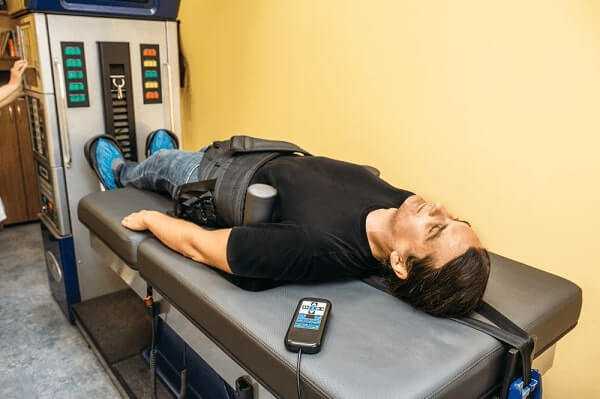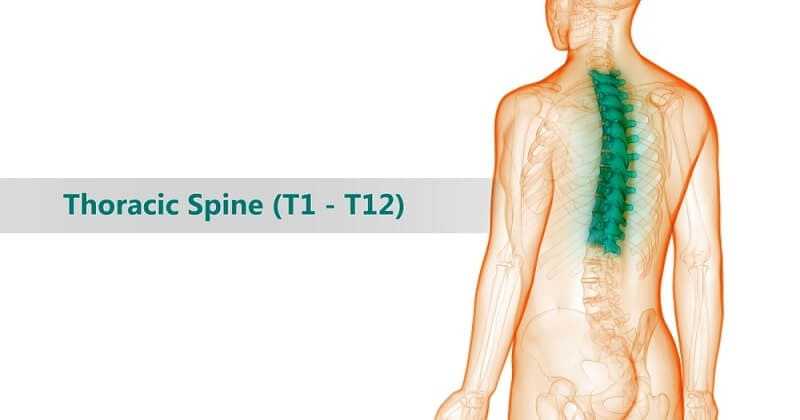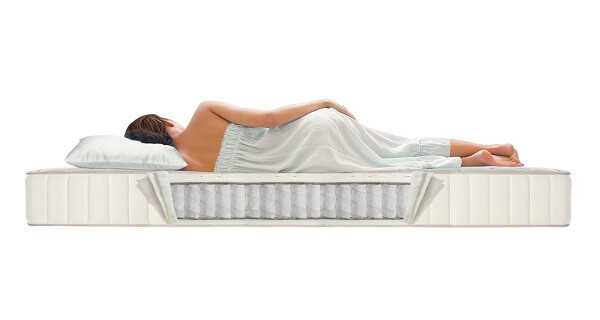Cervical Herniated Disc – A More in Depth Look
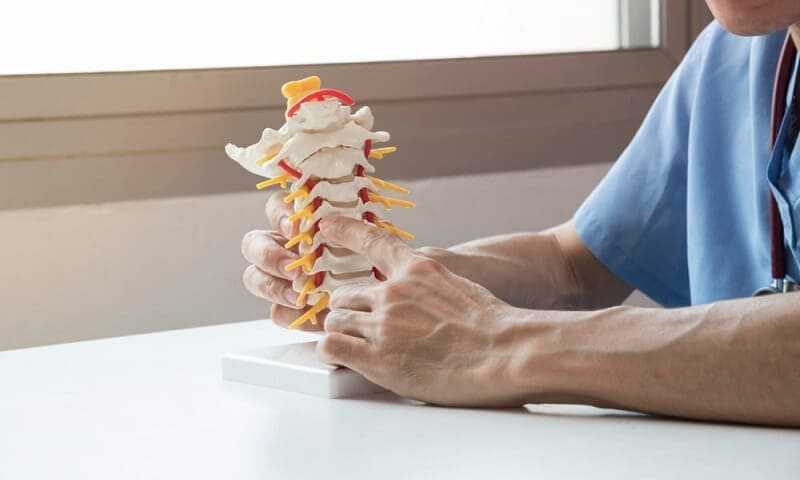
A cervical herniated disc generally causes pain in the arm. The pain from a herniated disc will many times start without warning, and there will be no indication as to why the pain has started. A cervical herniated disc will happen when the gel-like material found in the center of the disc protrudes through the outer core of the disc. At this point, pressure will be applied to the cervical nerve.
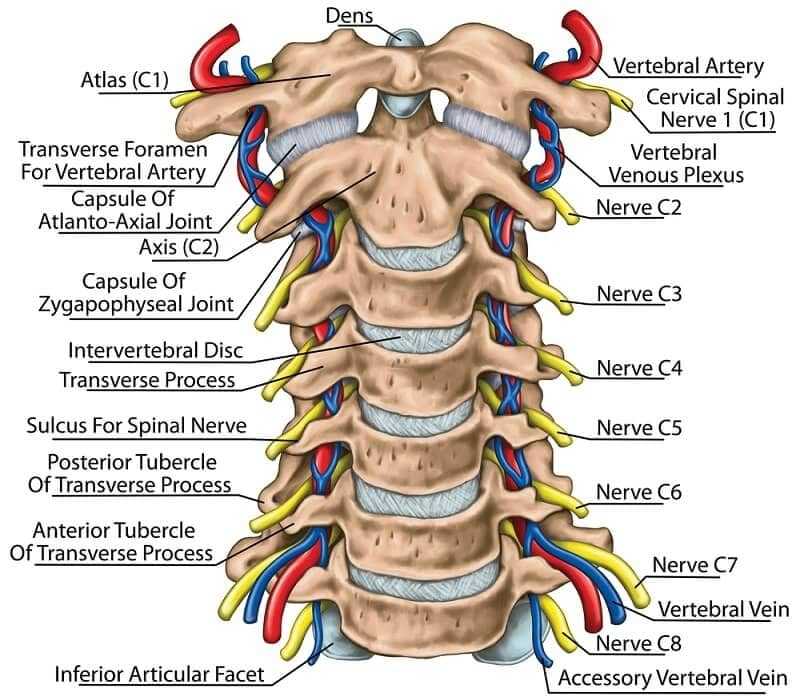
Symptoms of a cervical herniated disc depend on where the herniated disc protrudes. Because there is not much disc material and the discs are not large in this area, even the very smallest cervical herniated disc can cause a lot of pain. The pain in the arm from a herniated disc in the neck is usually more severe in the beginning. This is because the nerve is being pinched.
A Description of the Cervical Vertebra
There are four nerve roots where the pain can be felt in a cervical herniated disc. The type of pain and location of pain will depend on which nerve in the cervical area of the spine is being compressed. The cervical vertebra disc is divided into segments. They are described using a letter and number. The letter C stands for cervical, and the letter T stands for thoracic. The numbers stand for a segment area.

The majority of the cervical herniated discs will happen in the C5-C6 segments or the C6-C7 segments. The segments located at C4-C5 are not affected as often, but they do happen. A herniated disc found in the C7-T1 segment is rare.
Symptoms Help Detect Herniated Disc Location
The symptoms are distinct and fairly foreseeable in the specific areas of the cervical vertebra. When the herniated disc is compressing a specific nerve, the symptoms will help to determine which nerve the herniated disc is putting pressure on. The four nerve roots that are affected when a herniated disc protrudes are:
- C5 Nerve – This nerve is located at the C4-C5 segment. The symptoms associated with pressure on this nerve root are shoulder pain and weakness in the deltoid muscle of the upper arm. The C5 nerve root is not generally associated with numbness or tingling.
- C6 Nerve – This nerve is located at the C5-C6 segment. The symptoms associated with pressure on this nerve root are weakness in the biceps and wrist extensor muscles, as well as numbness, tingling, and radiating pain to the thumb side of the hand.
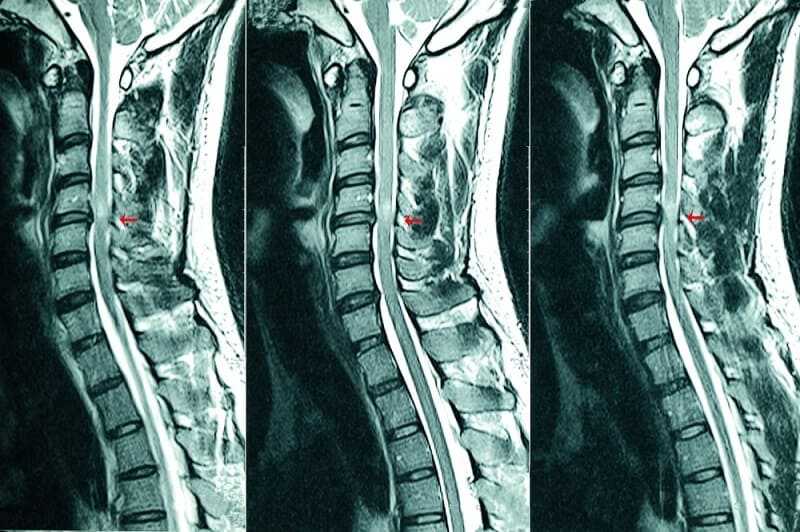
- C7 Nerve – This nerve is located at the C6-C7 segment. The symptoms associated with pressure on this nerve root are weakness in the triceps of the upper arm and in the muscles in the fingers. The middle finger could experience radiating pain, as well as numbness and tingling.
- C8 Nerve – This nerve is located at the C7-T1 segment. The symptoms associated with pressure on this nerve root are weakness in the hands grip and numbness, tingling, and pain that radiates down the arm and into the little finger’s side of the hand. While a cervical herniated disc is rare in this segment, the pain can be severe.
Knowing the area of the cervical herniated disc is essential to getting the right treatment. A series of nonsurgical treatments will be discussed at this point. If after four weeks there is not pain relief, surgical treatment will be an option.


